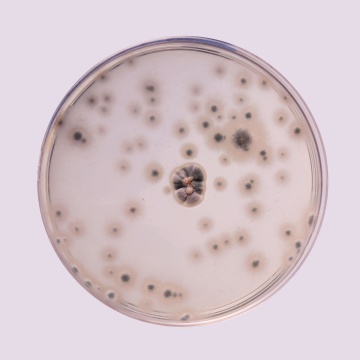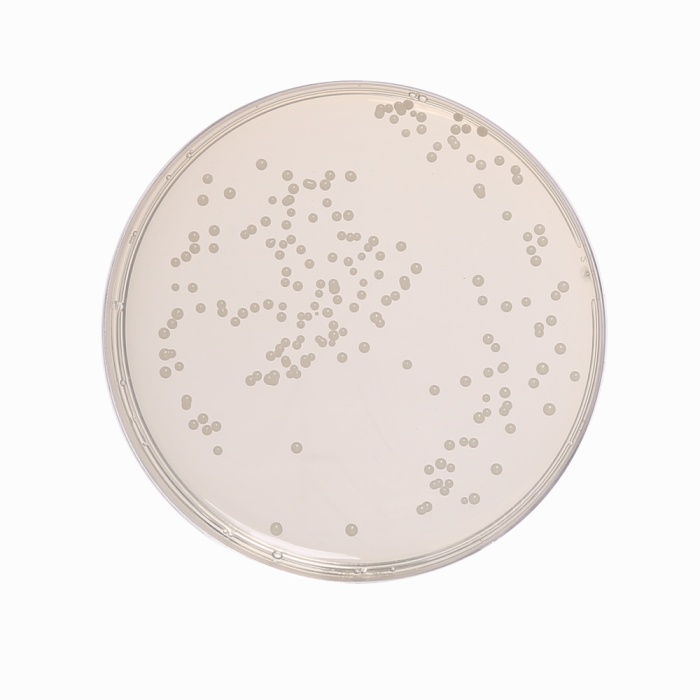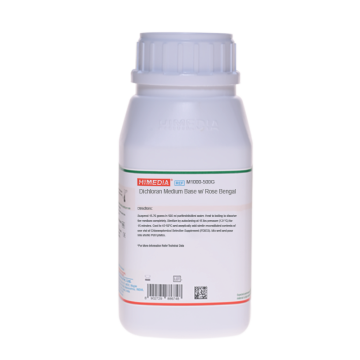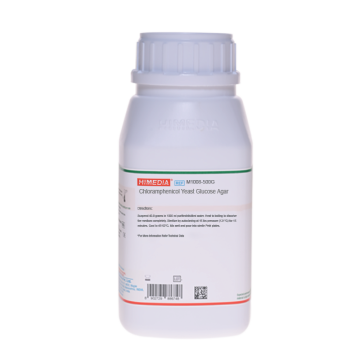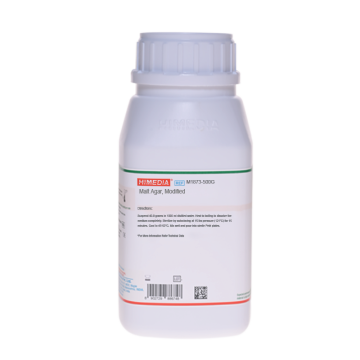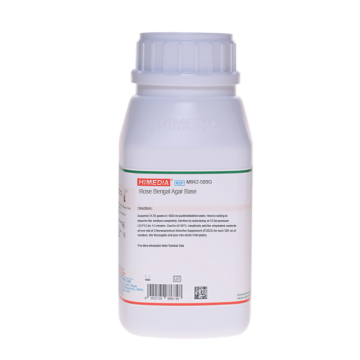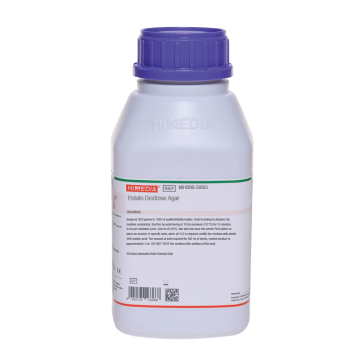 Your enquiry has been submitted
Your enquiry has been submitted
Yeast Glucose Chloramphenicol Agar
Yeast Glucose Chloramphenicol Agar is a selective agar recommended for enumerating yeasts and moulds in milk and milk products.
Composition**
| Ingredients | Gms / Litre |
|---|---|
| Yeast extract | 5.000 |
| Glucose | 20.000 |
| Chloramphenicol | 0.100 |
| Agar | 15.000 |
Final pH ( at 25°C): 6.6±0.2
**Formula adjusted, standardized to suit performance parameters
Directions
Suspend 40.1 grams in 1000 ml distilled water. Heat to boiling to dissolve the medium completely. Sterilize by autoclaving at 15 lbs pressure (121°C) for 15 minutes. Mix well and pour into sterile Petri plates.
Principle And Interpretation
Traditionally used acidified agar method for enumeration of yeasts and moulds in dairy products is now being replaced by antibiotic agar methods. Use of antibiotics rather than acid for suppressing bacteria results in improved recovery of injured (acid-sensitive) fungal cells, better control of bacteria and less interference during counting from precipitated food particles (1-5). Yeast Glucose Chloramphenicol Agar is recommended by APHA and the International Dairy Federation (6, 7). Yeast Glucose Chloramphenicol Agar is a nutrient medium that inhibits the growth of organisms other than yeasts and moulds due to the presence of chloramphenicol.
Yeast extract provides basic nutrients essential for growth. Glucose is a carbon and energy source. Chloramphenicol inhibits bacterial growth. After incubation at 25°C, colonies are counted and yeast colonies are distinguished from moulds by colony morphology. Refer appropriate references for standard procedures (6).
Quality Control
Appearance Cream to yellow homogeneous free flowing powder
Gelling Firm, comparable with 1.5% Agar gel.
Colour and Clarity of prepared medium Light amber coloured clear to slightly opalescent gel forms in Petri plates.
Reaction Reaction of 4.0% w/v aqueous solution at 25°C. pH : 6.6±0.2
pH 6.40-6.80
Cultural Response M1590: Cultural characteristics observed after an i)Fungal-incubated at 25-30°C for 2-7 days ii) Bacteria-incubated at 35-37°C for 18-24 hours.
| Organism | Inoculum (CFU) | Growth | Recovery |
|---|---|---|---|
| *Aspergillus brasiliensis ATCC 16404 | 50-100 | luxuriant | |
| Candida albicans ATCC 10231 | 50-100 | luxuriant | >=50% |
| Escherichia coli ATCC 25922 | >=10³ | inhibited | 0% |
| Lactobacillus casei ATCC 9595 | >=10³ | inhibited | 0% |
| Staphylococcus aureus ATCC 25923 | >=10³ | inhibited | 0% |
| Saccharomyces cerevisiae ATCC 9763 | 50-100 | luxuriant | >=50% |
Storage and Shelf Life
Store between 15-25°C in tightly closed container and prepared medium at 2-8°C. Use before expiry period on the label.
Reference
- Beuchat L. R., 1979, J. Food Prot., 42:427-428.
- Cooke W. B. and Brazis A. R., 1968, Mycopathol. Mycol. Appl., 35:281.
- Koburger J. A., 1970, J. Milk Food Technol., 33:433-437.
- Koburger J. A., 1973, J. Milk Food Technol., 36:434.
- Overcast W. W., and Weakley D. J., 1969, J. Milk Food Technol.,32:442.
- Marshall, (Ed), 1993, Standard Methods for Examination of Dairy Products, 16th Ed., American Public Health Association, Washington, D. C.
- International Dairy Federation. Standard Method ISO/DIS 6611.
| Product Name | Yeast Glucose Chloramphenicol Agar |
|---|---|
| SKU | M1590 |
| Product Type | Regular |
| Physical Form | Powder |
| Origin | Animal Free (Microbial) |
| Packaging type | HDPE |
| References | 1. Beuchat L. R., 1979, J. Food Prot., 42:427-428. |
| Customized Product Available | No |




